In The News
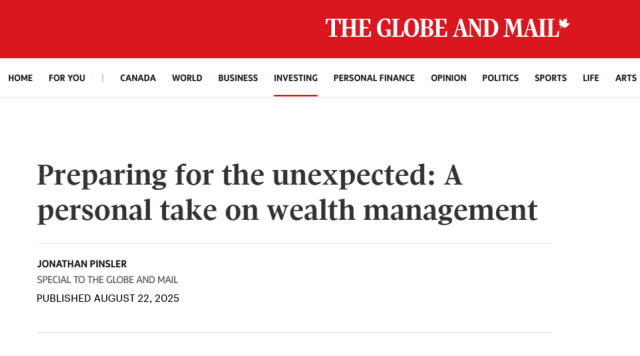
This summer has been full of surprises. From rapid changes in the United States with global ripple effects to small, personal jolts, it’s been a season of reminders that life is rarely predictable.

The trends that have dominated the stock market over the past 18 months are likely to continue in the near term. Growth stocks, particularly in the technology sector (some exceptions being Dollarama, Costco, Eli Lilly), still enjoy favorable conditions despite rich valuations. Given, the timing uncertainty of the next U.S. interest rate move which will likely be lower, this can continue to support elevated valuations of growth stocks. The U.S. Federal Reserve may be behind the curve in recognizing economic weakness, potentially risking moving too late on interest rate cuts. The Bank of Canada and European Central Bank have already begun cutting rates.

The S&P 500, the widely recognized benchmark for the United States stock market, consists of 500 large-cap companies across various sectors. At times, the index may experience a lack of breadth, with a handful of sectors outperforming while others lag. Currently, it is the narrowest in almost three decades with megacap technology names keeping the index buoyant.

Confused about whether the U.S. is in a recession? One should be.
The United States’ National Bureau of Economic Research (NBER) has not declared that there is a recession officially even though the old definition most economists use - which is two quarters of contracting GDP growth - indicates the U.S. is in one as of the second quarter.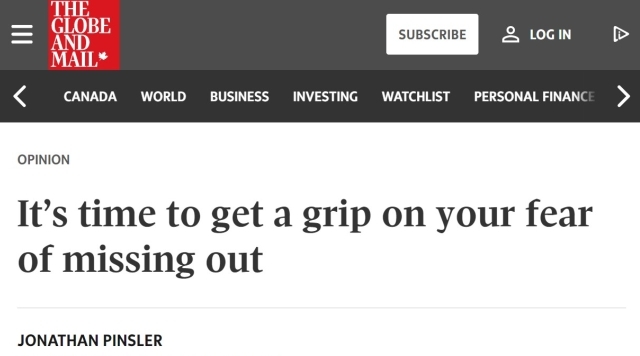
It’s official, the song of summer in my household, ‘Watermelon Sugar High’, has run its course as the cool weather sets in. The period we are in now makes me think of lingering stock market sweetness, especially in certain companies and sectors, that are not sustainable in their valuations.
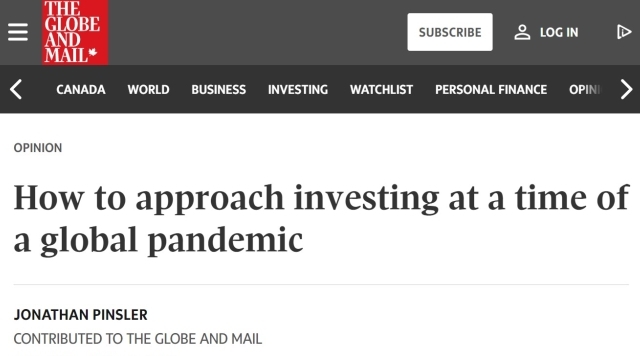
By most accounts these are unusual times. Lots of prognosticators are putting more credence now more than ever on what may happen in the future given the speed of disruptions taking place globally. Stepping back, the world of equity investing has always put emphasis on what the future will be. This is something which investors have always had some control but not complete control.
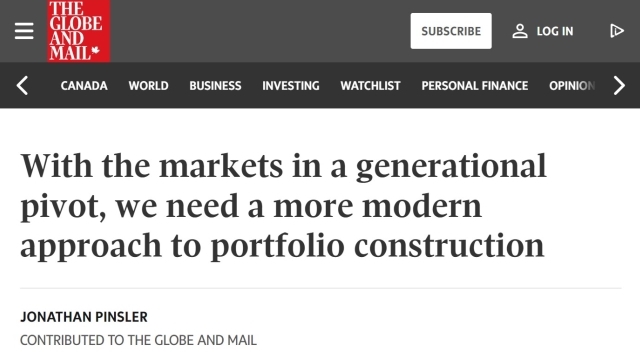
What has worked in the domain of portfolio construction since the global financial crisis a decade ago is not apt to work for the next three to five years. Essentially, the traditional portfolio of stocks and bonds will likely be ruptured with a less than optimal outcome. Why?
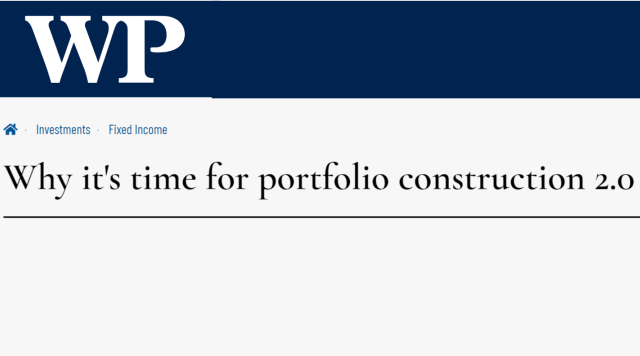
The only thing constant is change – and that’s why we are entering the era of portfolio construction 2.0. After the low rates of the post 2008-09 period, we are in unorthodox times and that using traditional asset mix diversification alone is outdated.

